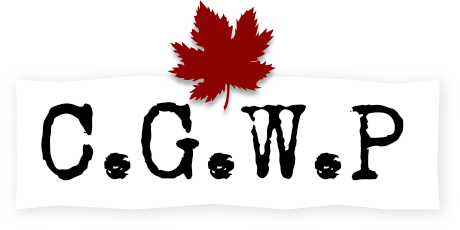
Private James Travers
PERSONAL INFORMATION
MILITARY INFORMATION
- Private, 52nd Battalion, Infantry (Army).
- Private (Army).
Images
RESEARCH INFORMATION
Private James Travers was born on 30 September 1889 in or near the town of Ince-in-Makerfield, Lancashire, England. His parents, Thomas and Elizabeth Travers, were both originally from Ireland. Ince-in-Makerfield was in an industrial region between Manchester and Liverpool and Thomas worked there as a coal miner. The family moved frequently as only two of James' siblings were born in the same place. At the time of the 1891 census when James was two years old they were living in Wigan, Lancashire with his birth place listed as Ince. His family included brothers William, 16, and Thomas, 14, both already working in the coal mines like their father, and also Peter, 8, and Patrick, 6. A sister Bridget was born shortly after the census was taken. In 1901 Elizabeth, Bridget, Patrick and Thomas were living with William and his wife in Ryhill, Yorkshire. All three brothers were working as coal miners and neither Thomas nor James were listed with the family so they were likely living and working elsewhere. Peter was still in Lancashire, boarding with a family in Colborne and working in the collieries. As a young man James emigrated to Canada and by the time he enlisted in 1915 he was living in the town of Kenora, in northwestern Ontario, where he worked as a labourer.
The war started in August 1914 and the following year when the Kenora area began enlisting men for the newly-formed 94th Battalion James was one of the early volunteers, signing up on 15 November 1915. The 94th had just been organized that month and it was based in Port Arthur and recruited throughout northwestern Ontario. The Kenora newspaper noted that James left town with the other volunteers on 25 May 1916, headed to Port Arthur to join the rest of the battalion. A huge crowd gathered at the train station to see the men off on the first leg of their journey overseas. They left Port Arthur on 9 June and spent a short time at Valcartier, a military camp northwest of Quebec City, before embarking from Halifax on 28 June 1916 on the SS Olympic. In England the recruits were all absorbed into reserve battalions to be used as reinforcements for other units. James was transferred to the 32nd Reserve Battalion in July and a month later, on 25 August 1916, he was drafted to the 52nd Battalion and sent to France. The 52nd (New Ontario) Battalion was another unit that had been recruited in northwestern Ontario, including Kenora and nearby towns.
James spent a few weeks at the Canadian Base Depot and with an Entrenching Battalion before joining his new unit in the field in September, during the Somme Offensive. He was sent on a course shortly after arriving and by the time he was back with the 52nd their part in the Somme battles was likely over. They were relieved in mid-October and moved north to a quieter sector of the front between Lens and Arras, opposite Vimy. The Canadian Corps had suffered over 24,000 casualties at the Somme and during the winter the battalions received reinforcements to bring them back up to strength. The men trained, provided working parties, carried out raids and patrols and had regular rotations in the front lines. Early in 1917 they began preparing for the Battle of Vimy Ridge (9-14 April 1917). It was the first time all four Canadian Divisions were used together in one operation and their assault on the ridge was a remarkable success. Following the battle James spent two weeks in May at a rest camp in Boulogne.
The next major operation for the Canadians would be the Battle of Passchendaele (26 October-10 November 1917) in the Ypres Salient in Belgium. James was given ten days leave in October and he rejoined his unit around the time they were moving to Ypres. Artillery shells had destroyed the drainage systems in the area and even before the assault began the battlefield was a wasteland of mud, swamp and water-filled craters. The Canadians suffered 15,000 casualties at Passchendaele with over 3,000 men killed and 1,000 missing and presumed dead, many of them lost in the mud. Over the winter of 1917-18 the Canadian Divisions were not involved in any major battles but the units had the usual rotations in the front lines and the men kept busy with working parties, training, patrols and raids. The 52nd Battalion was back in France and by February they were in their old sector, not far from Vimy. On 27 March they were relieved in the front line and moved into a support position. The next day James was temporarily put in charge of an anti-aircraft gun and he was severely wounded when one of the gun's large shells exploded prematurely while it was still in the barrel. He died of his injuries a short time later. An inquiry found his death to be accidental and he was officially listed as Killed in Action.
Private James Travers was buried in the 2nd Division Cemetery, Vimy, between Maricourt and New Brunswick Road but after the Armistice his grave could not be identified. He's commemorated on the Vimy Memorial, which bears the names of over 11,000 Canadians who died in France and have no known grave.
In 1921 his medals, memorial plaque and scroll were sent to his oldest brother William Travers, who was living in New Sharlston, Yorkshire, England.

